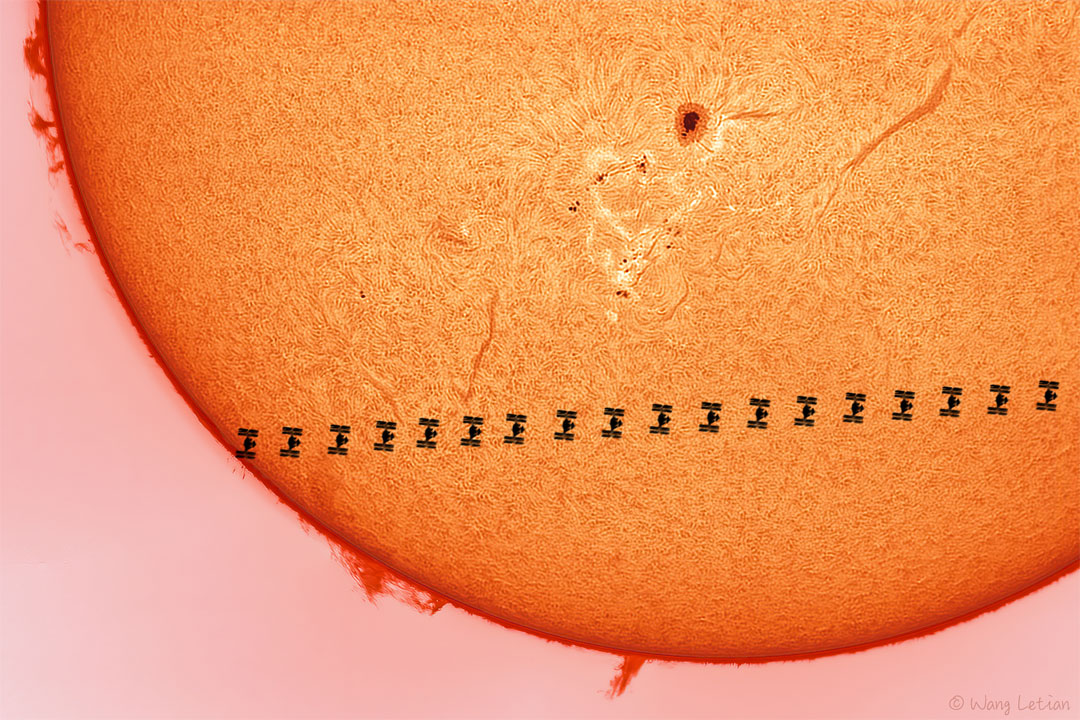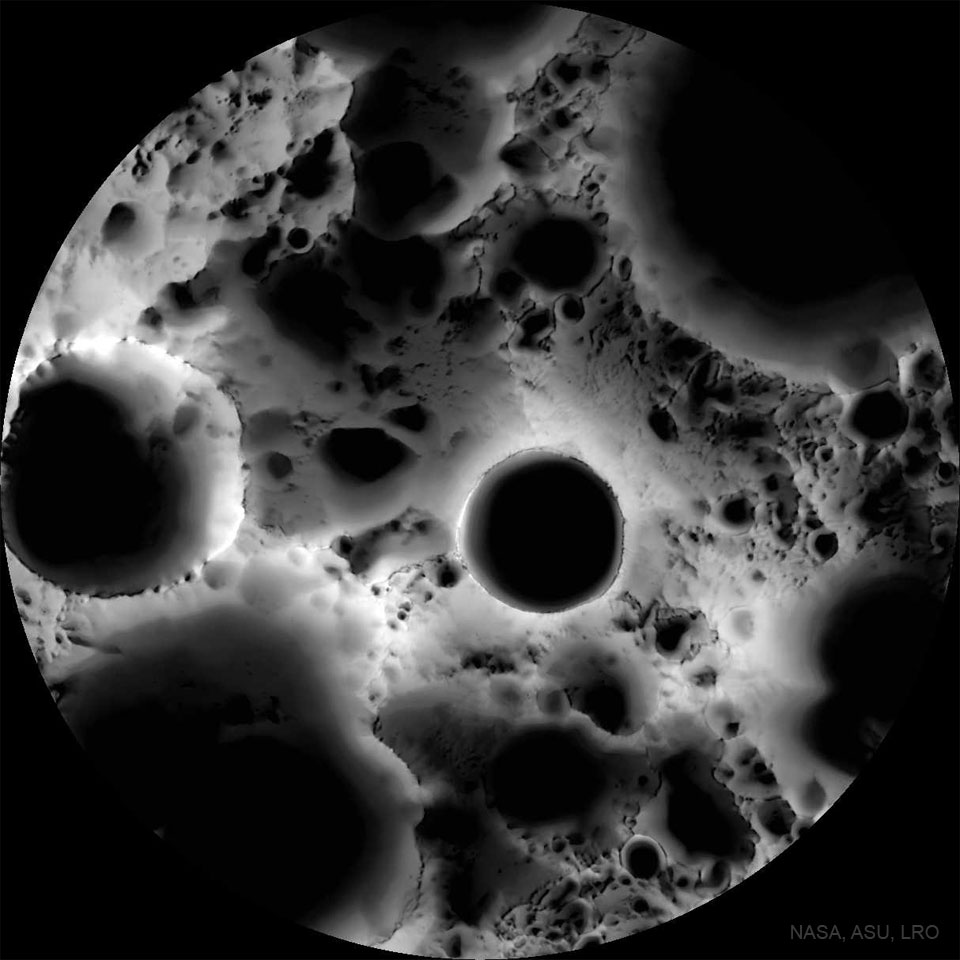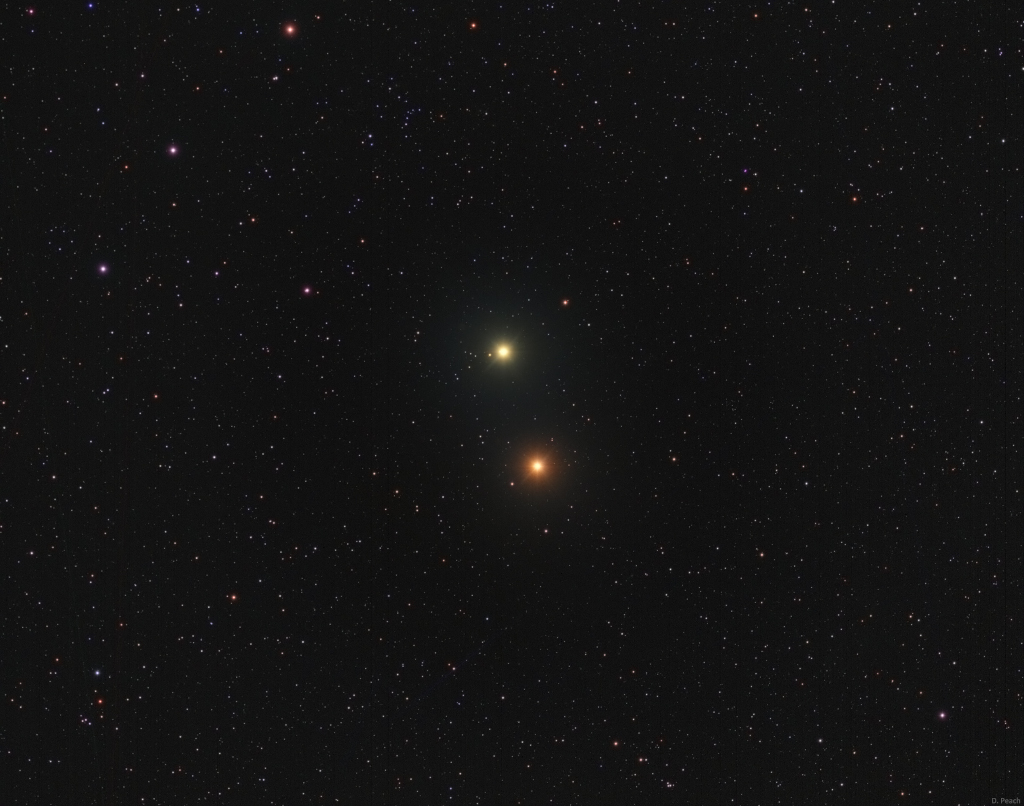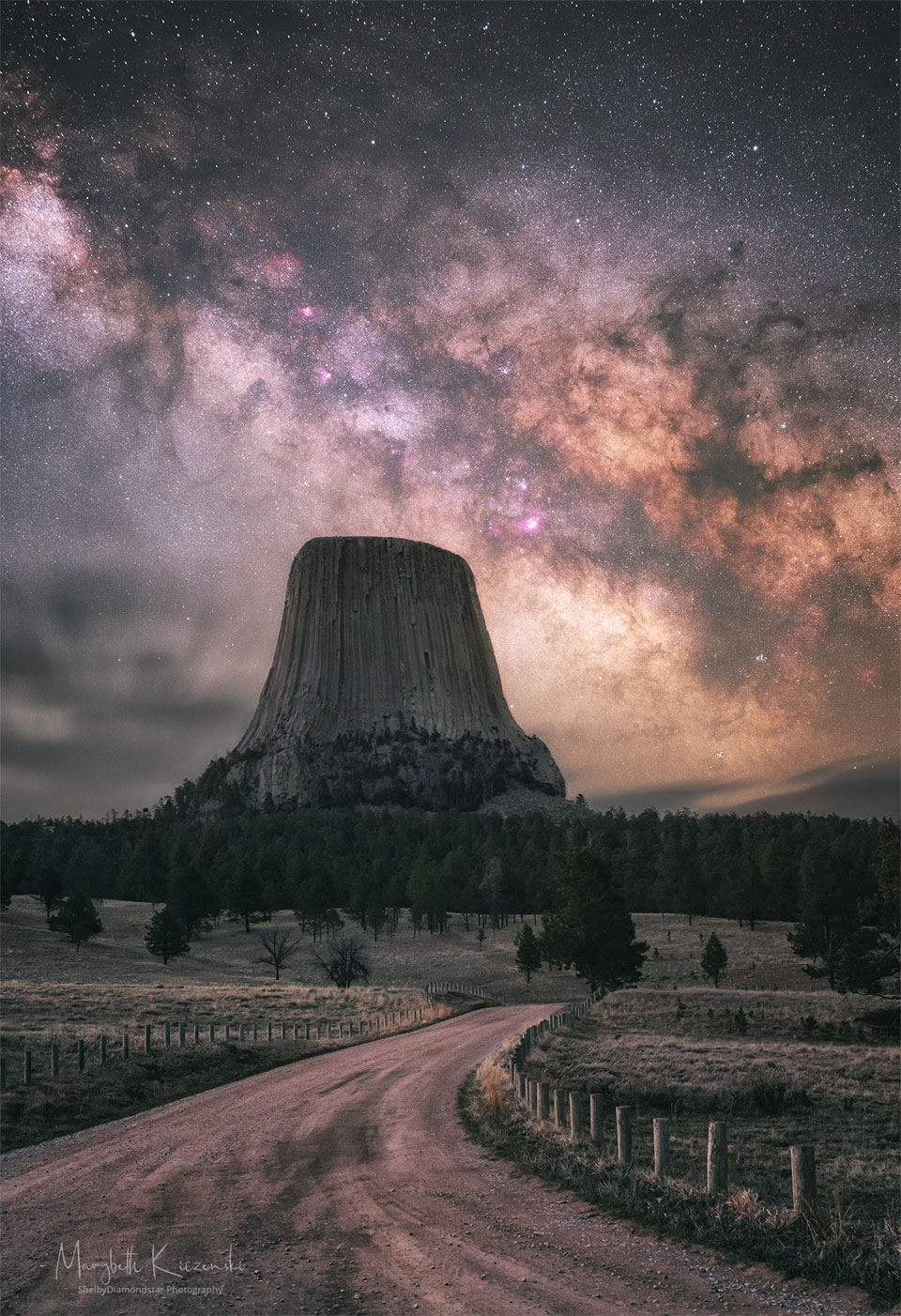
Milky Way over Devils Tower



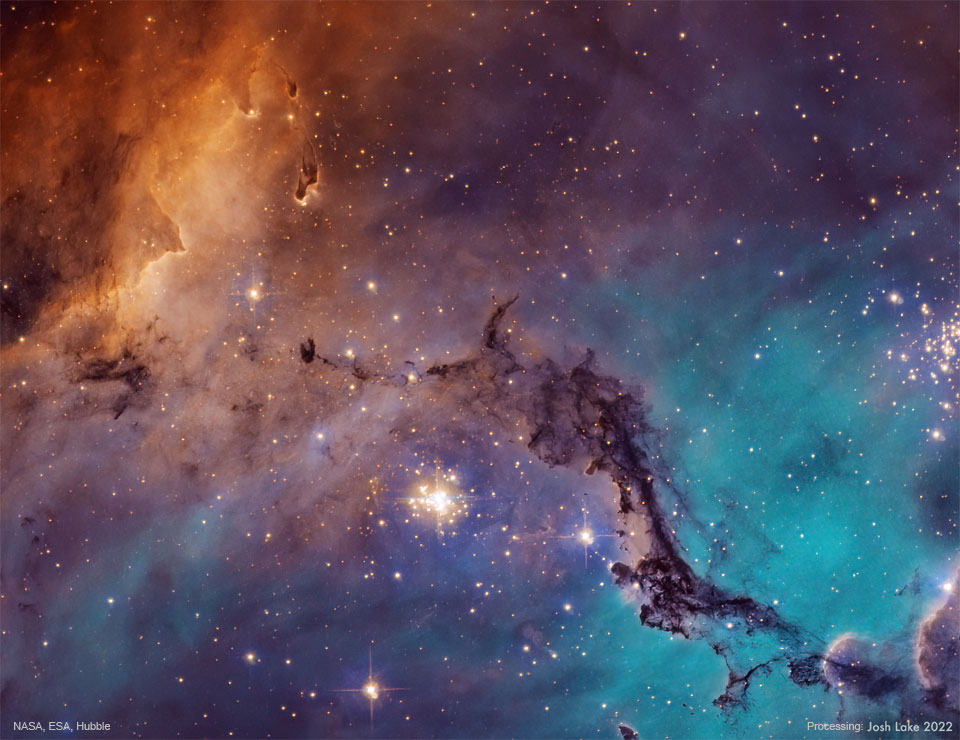
NASA has awarded a contract to Jacobs Technology Inc. of Tullahoma, Tennessee, to provide the agency’s Ames Research Center in Silicon Valley, California with support services for ground-based aerospace test facilities at the center.
from NASA https://ift.tt/jMXVyrT
via IFTTT
As they prepare to return to Earth later this month, NASA’s SpaceX Crew-3 astronauts will answer media questions about their time aboard the International Space Station during an in-orbit news conference at 1:20 p.m. EDT Friday, April 15.
from NASA https://ift.tt/XZREpeQ
via IFTTT

NASA will hold a media teleconference at 4 p.m. EDT today, Monday, April 11, to provide an update on the final major test of the agency’s mega Moon rocket and spacecraft on the launch pad at the agency’s Kennedy Space Center in Florida ahead of the uncrewed Artemis I lunar mission.
from NASA https://ift.tt/J3zaryu
via IFTTT
